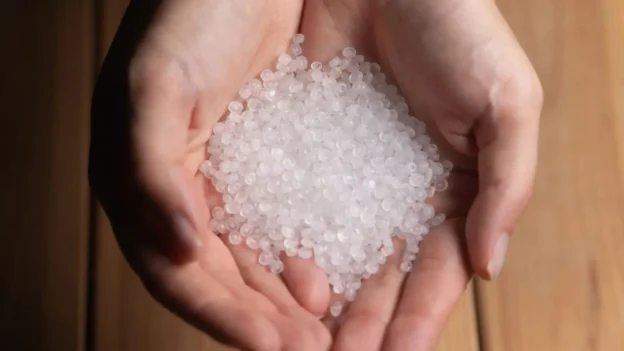Vioneo has taken a decisive step in choosing Lummus Technology as its technology partner to develop the first industrial-scale plant for fossil-free polypropylene plastics. The project, located in Antwerp, Belgium, will be based on green methanol and will mark a step change in global plastics production.
The partnership between Vioneo and Lummus
Vioneo, a company backed by AP Moller Holding, is committed to transforming the plastics industry through the production of sustainable resins. To this end, it has selected Lummus’ Novolen technology, recognized for its efficiency in polypropylene polymerization with low emissions. This collaboration covers everything from technology licensing to the supply of catalysts during operation.
The Antwerp complex will produce 200,000 metric tons of polypropylene per year using green propylene and ethylene. per year using green propylene and ethylene. These plastics will be fully traceable and will have a negative carbon balance, enabling customers to reduce their Scope 3 emissions significantly. The plant will run on renewable electricity and will integrate green hydrogen into its production process.
Fossil-free polypropylene innovation
The polypropylene obtained will maintain the same properties of petroleum-derived materials, but with a much lower environmental impact. Thanks to the purity of the raw materials and Novolen’s proven technology, the final products will offer versatility and quality, responding to the demands of industrial sectors that require sustainable alternatives without sacrificing performance.
The Vioneo and Lummus initiative is part of global efforts to move towards a circular economy. The use of green methanol as feedstock, combined with renewable electrification and low-emission processes, places this project as a benchmark in reducing the carbon footprint of the plastics industry.
Source and photo: Vioneo

